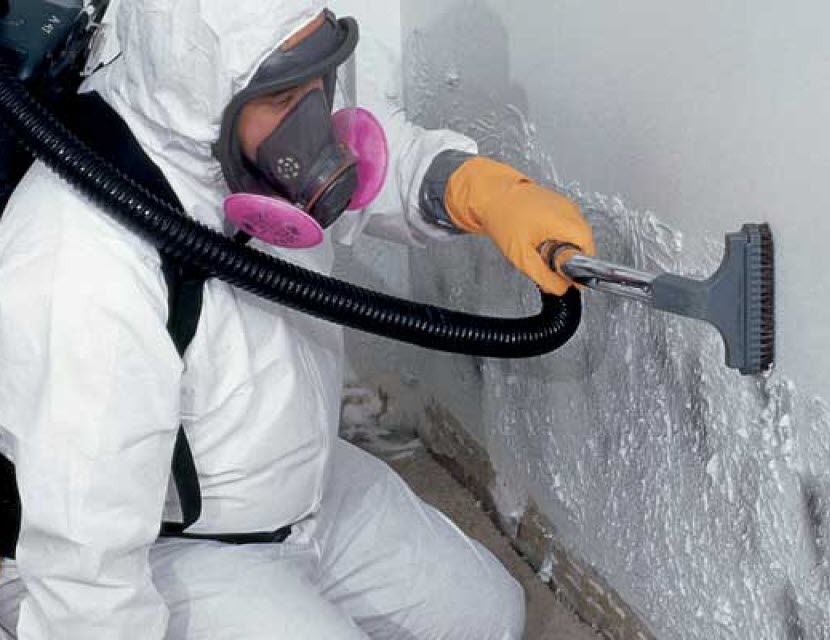After Hurricane Helene, homeowners face significant challenges in ensuring their properties are safe from water damage, mold, and structural issues. Mold growth, in particular, can begin within 24-48 hours of flooding, making quick and effective action critical. Below, we provide a comprehensive guide to help you with mold remediation and cleanup, ensuring you have access to key resources that will assist in restoring your home. Our team at Citywide Mold Mitigation is here to connect you with professional mold remediation services to get your property back to a safe, healthy state.

What You Need to Do Immediately After Flooding
Water and mold can cause long-term damage to your home if not dealt with quickly. Below is a comprehensive list of immediate steps property owners should take to minimize mold growth and water damage after Hurricane Helene.
| Task | Description |
|---|---|
| 1. Ensure Safety First | Turn off electricity at the main breaker if flooding is severe. Do not enter any flooded areas until you’re sure it’s safe. Wear protective gear such as gloves, masks, and waterproof boots when dealing with water or mold. |
| 2. Remove Standing Water | Use pumps, wet vacuums, and buckets to remove any standing water as soon as possible. Quick action helps prevent mold growth, which can begin within 24-48 hours. |
| 3. Dry Out Affected Areas | Use fans, dehumidifiers, and natural ventilation to dry out walls, floors, and furniture. Any materials that stay damp for more than 48 hours are at risk of mold growth. |
| 4. Remove Damaged Items | Discard porous materials like carpets, drywall, and insulation if they are soaked and cannot be dried thoroughly. These items are breeding grounds for mold. |
| 5. Inspect for Mold | Look for visible signs of mold on walls, floors, and furniture. Mold often has a musty smell. Even if you don’t see it, consider having a professional inspection. |
| 6. Contact a Professional Mold Remediation Service | If you detect mold, it’s crucial to contact a professional. At Citywide Mold Mitigation, we work with top contractors who are experienced in mold removal and water damage cleanup. |
| 7. File Insurance Claims | Document all damage with photos and videos. Save receipts for any emergency repairs. Contact your insurance company immediately to begin the claims process. |
Available Resources for Affected Property Owners

In the aftermath of Hurricane Helene, there are several resources available to help homeowners with mold remediation, water damage restoration, and cleanup:
- FEMA Disaster Assistance – Homeowners may qualify for federal assistance to cover mold remediation and repair costs. Visit the FEMA Disaster Assistance website for more information.
- National Flood Insurance Program (NFIP) – If you have flood insurance through NFIP, you may be covered for mold remediation. Learn more about claims and coverage at the NFIP website.
- CDC Mold Cleanup Guide – The CDC offers an excellent guide on how to safely clean up mold. Check out the CDC Mold Cleanup Guide for step-by-step instructions.
- Citywide Mold Mitigation – We provide homeowners with expert guidance and connection to professional contractors for mold and water damage cleanup. Our team is here to help you navigate the recovery process. Visit our website to learn more.
- Local Contractors – Use our service to connect with local, licensed mold remediation experts who can quickly address the problem. Whether you need immediate assistance or ongoing support, we’re here to connect you with the right professionals.
Preventing Future Mold Growth

Once your home has been dried out and cleaned, it’s important to take steps to prevent mold from returning. Here are a few tips to help you keep mold at bay:
- Ensure that all areas prone to moisture are well-ventilated.
- Fix any leaks or areas where water collects regularly.
- Use mold-resistant materials when rebuilding, such as mold-resistant drywall and paint.
- Regularly inspect your home for signs of mold, especially after any new weather events.
Why Choose Citywide Mold Mitigation?

At Citywide Mold Mitigation, we understand the importance of fast, effective mold remediation. Our goal is to help homeowners affected by disasters like Hurricane Helene restore their properties quickly and safely. We offer:
- Experienced Contractors: We connect you with the best local contractors who specialize in mold remediation and water damage repair.
- Free Estimates: Get a no-obligation quote from multiple contractors.
- Nationwide Coverage: No matter where you are, we can help.
Don’t wait for mold to become a bigger problem. Contact us today at Citywide Mold Mitigation to get the help you need!
FAQs
Q: How long does it take for mold to grow after flooding?
A: Mold can start growing within 24 to 48 hours after water exposure, so it’s important to act quickly.
Q: Can I remove mold myself?
A: Small mold patches (less than 10 square feet) may be handled with household cleaners, but larger infestations require professional assistance to ensure thorough removal.
Q: What should I do if I smell mold but can’t see it?
A: Mold often hides in walls, ceilings, or floors. If you smell mold but can’t see it, consider hiring a professional for an inspection.
Q: Will insurance cover mold damage?
A: It depends on your policy. Flood insurance often covers water damage, but mold damage may require additional coverage. Be sure to check with your provider.
Q: How can I prevent mold from growing in my home?
A: Keep areas well-ventilated, repair leaks immediately, and use mold-resistant building materials.

